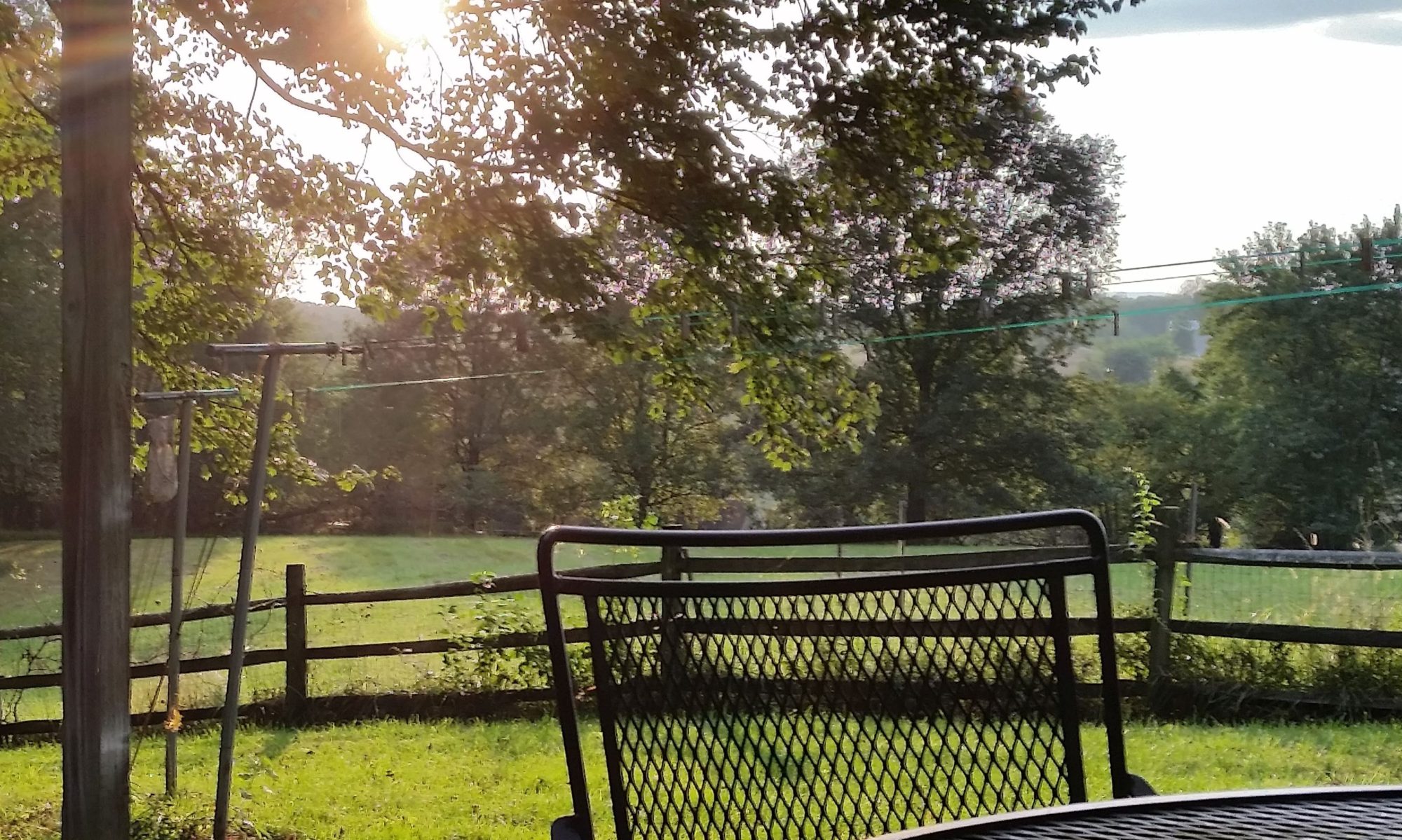I’ve got four types of hops growing, assuming the Sterling survive the winter. They were looking a little weak, but then, so were the Magnums when they were initially planted, so I’m just sort of waiting. The Magnums are doing pretty well–I actually got some hops from them. Not much to write home about, but it’s a harvest. The Willamette plant is absolutely going gangbusters–I need to dig up that crown and split it, this winter/early spring. I’ll probably be able to divvy it up into six or eight healthy crowns, without trying very hard. And the Cascades (all 3 bines) are doing quite well–I didn’t get as much of a harvest as I might have liked, but that’s on me, not on the plants. Next year, hopefully, will be another story.
I’ve been trying my hand at beekeeping; so far, with much less success than I’d like. I had two colonies last year; both absconded. Started over with two this year; one has absconded, but the other appears set to at least go into the winter… We’ll see how they fare. These have all been Italian bees, and I think part of the reason for them absconding has been mite pressure, combined (this year) with some pollen-bound comb. I’ve got an order in for two nucleus hives of Russian bees for next spring; they’re apparently mite-resistant. If they work out, that’ll be outstanding; if not, I may take a break for a year & come back to the hobby again later.
In SCA terms, well… The King felt it worthwhile to induct me into the Order of the Laurel two weeks back (!!!). Reasons cited included my baking, woodworking, and a few assorted other crafts… but primarily my brewing. Which is what brings us here today…
My goal, when starting the latest bit of research, was (and still is) finding a good semblance of a recipe for the original Einbecker Bier–the ancestor of today’s Bock. I’ve seen references to it from numerous period sources, describing it variously as subtle, light, and “a paragon among all summer, light, hoppy beers.” The beer was one of the main drivers for Einbeck joining the Hanseatic League; through the League, the beer was shipped as far as Novgorod, England, Italy, and even Jerusalem. (Reportedly, Hansa Hofs and Kontors even built special warehouses, to hold the casks of Einbecker Bier.)
A moment’s thought should bring a conclusion: the beer was likely big, in every sense. Strong and hoppy. The descriptions keep calling it “light;” that’s probably more a color thing than flavor–but experimentation may provide other insights; despite being at this issue for several years, now, I’m still pretty early in the hands-on part of the exercise… Maybe next year.
